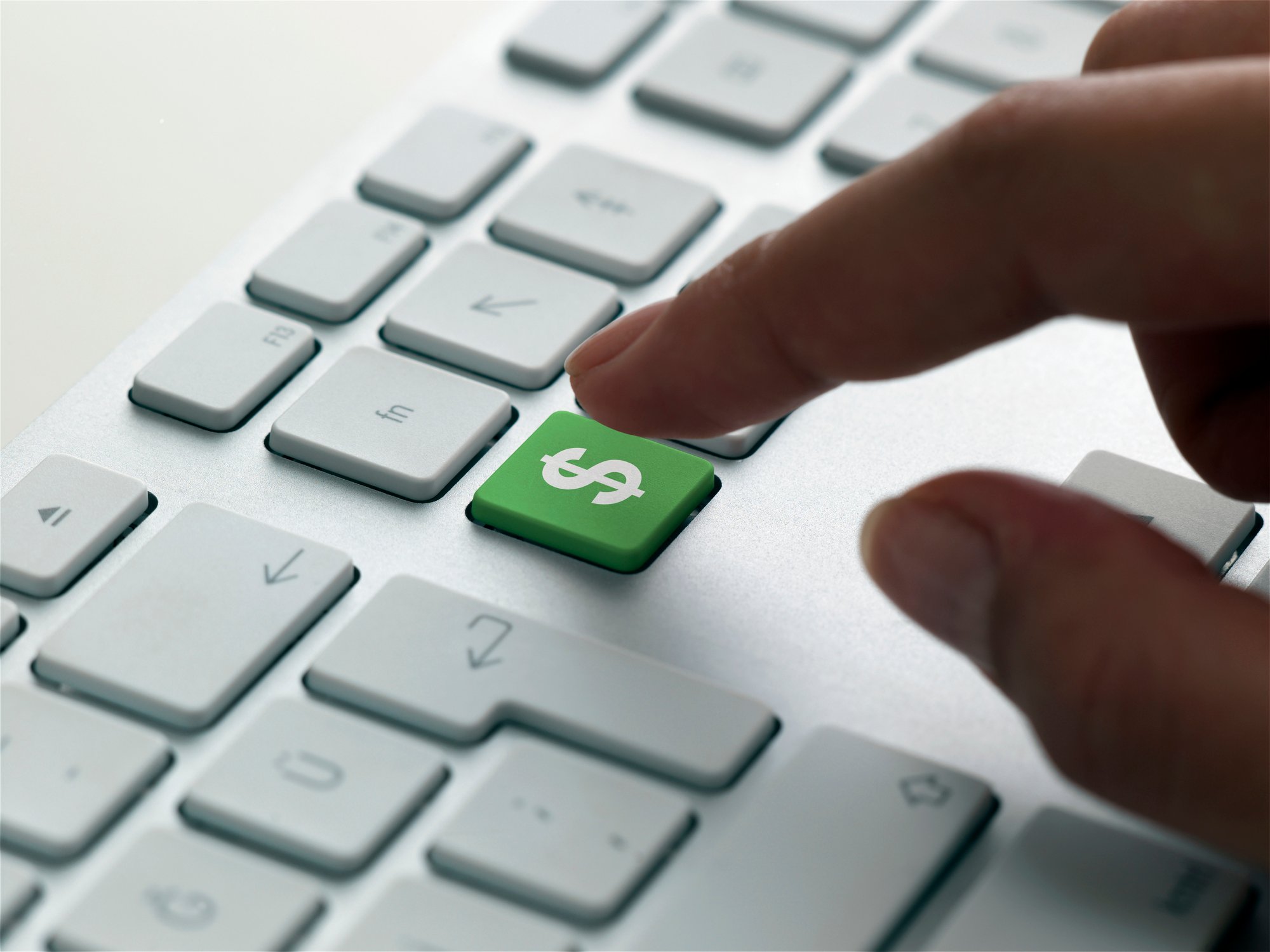Many companies could use a peer-to-peer payment app, a debit card product, or other financial components, but actually becoming a bank can be prohibitively expensive and creates major regulatory headaches. Green Dot (GDOT +0.31%) is capitalizing on these situations by letting other companies use its platforms to offer customers its own financial solutions.
In this segment from Industry Focus: Financials, host Jason Moser and Fool.com contributor Matt Frankel, CFP, discuss Green Dot's business model and why it could be a big winner in the war on cash.
A full transcript follows the video.
This video was recorded on Oct. 29, 2018.
Jason Moser: Green Dot, probably a company that not a lot of folks out there have on their radar, but it is a publicly traded company and it's actually been on the public markets for a little while. I do remember looking at this company when it first went public, Matt. There were some questions I had in regard to the total market opportunity and the trends of what they were pursuing. You made a point here in that they're targeting the group of consumers that are most likely to still use cash. What were the takeaways from your time learning about Green Dot at the conference?
Matt Frankel: Green Dot's oldest and most visible business, they've been around for 20 years now, are prepaid debit cards. Particularly if you ever shop at Walmart, those prepaid money cards that are at the checkout, those are all Green Dot products. That's what they're known for.
They also provide a checking account product for people who don't have a traditional checking account. They're also really emphasizing what they call their banking as a service platform. If you're a company that needs, say, a peer-to-peer payment app, or something like that, it's really expensive and in most cases undesirable to actually become a bank. We've heard some talk about maybe Amazon offering a banking product. Amazon will never become a bank. They may partner with a bank to offer the Amazon-branded checking account, but they're not going to become a bank. They don't want that regulatory oversight, the costs associated with it, things like that.
What Green Dot does is let companies piggyback off their infrastructure and their technology to offer the piece of banking that they want to, and not become a bank. To give you a couple of examples, Uber allows their drivers to have payment accounts where they can get paid whenever they want to do from their ride. That's powered by Green Dot's infrastructure. Apple Pay Cash, the peer-to-peer platform on Apple, is powered by Green Dot. Turbo Tax's pre-loaded debit cards with tax refunds are powered by Green Dot. Companies that need banking products and services, but don't want to become a bank themselves, use Green Dot.
And like I mentioned, these are the customers who are most likely to be the last holdouts of the cash economy. People with an American Express card and a Wells Fargo checking account, like me, I use card or mobile payments for most purchases now. People without those things are the most likely to use cash for everyday purchases. When we're talking about war on cash investments, Green Dot is a really interesting play, because they're targeting the people that use cash the most. They have a huge addressable market there.




